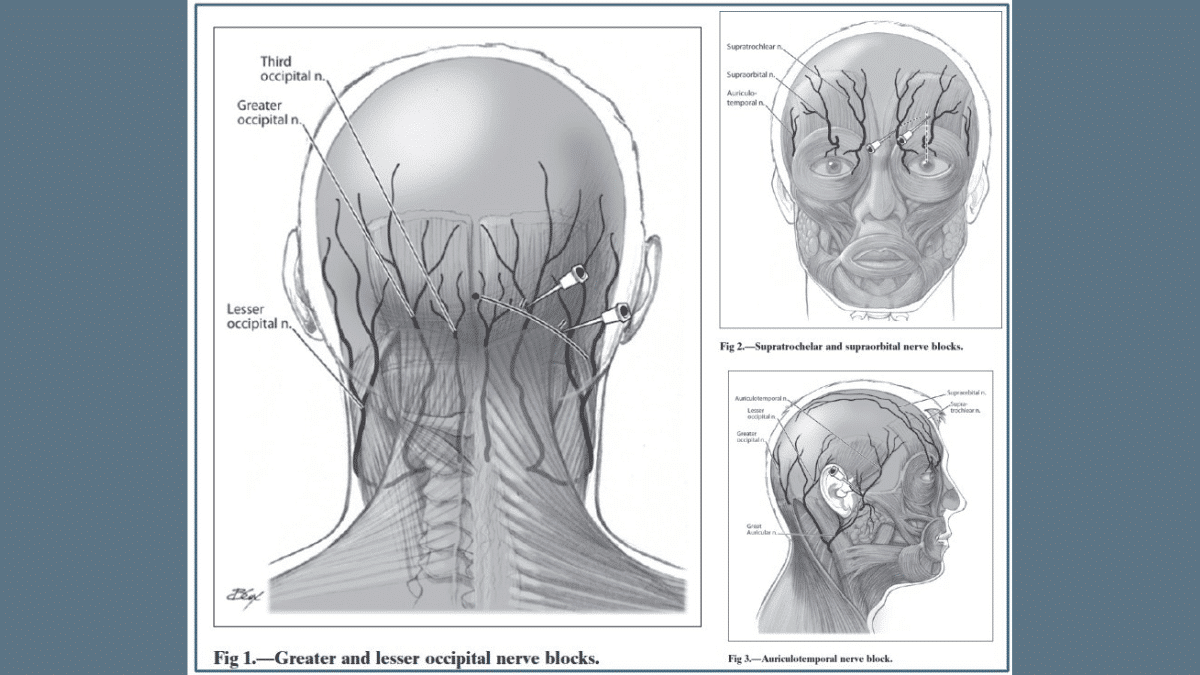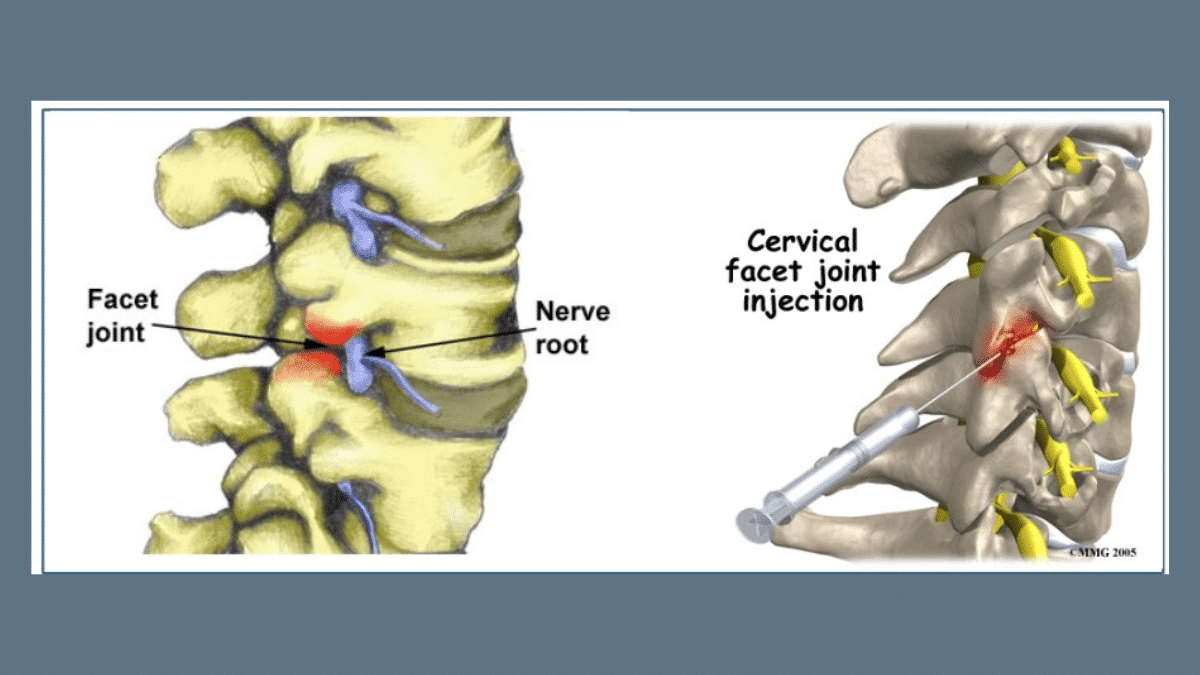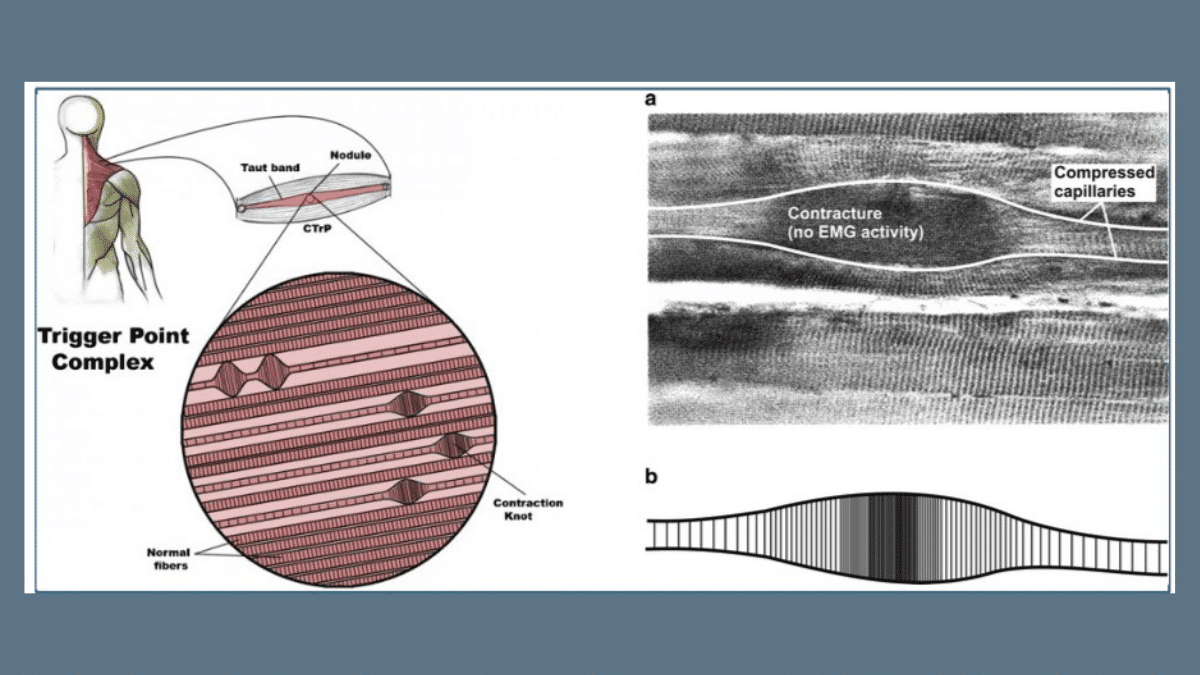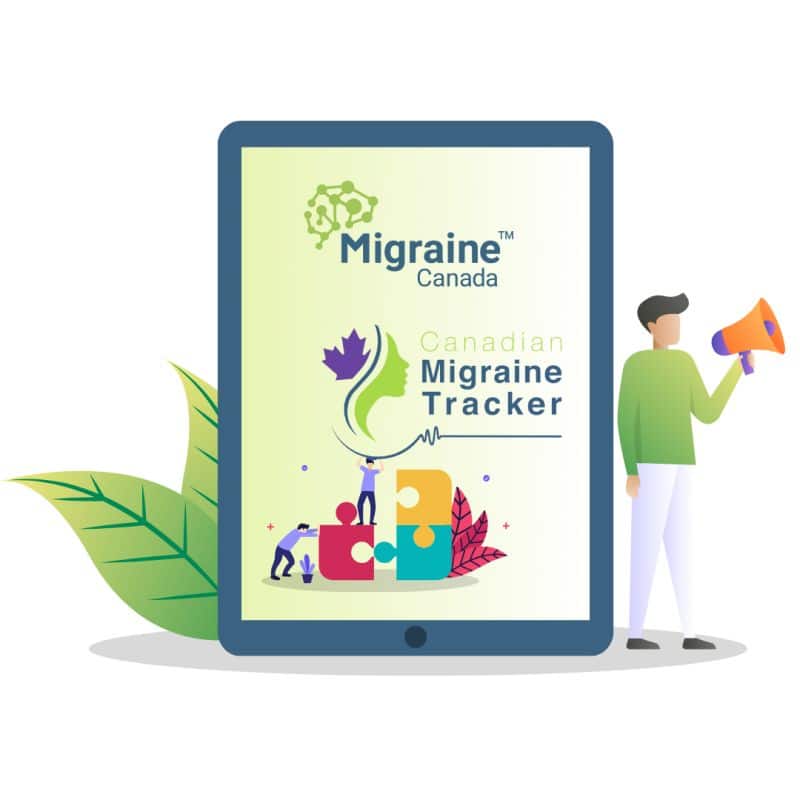Exploring nerve blocks and injections for headache relief? This guide covers various treatments, from simple nerve blocks with lidocaine to advanced procedures like X-ray guided blocks and radiofrequency ablations (RFAs). Learn how these interventions target specific pain pathways, providing practical details on administration, efficacy, and risks. Discover how these treatments can help manage your headache condition effectively.
The connection between neck pain and headache can be complex. There are various types of injections that can be administered to alleviate neck-related headache (i.e., cervicogenic headache). These injections can be made with local anesthetics, like the freezing product used by dentists, with lidocaine and bupivacaine being common options.
Simple Nerve Blocks
Simple nerve blocks can be performed in an office by any trained physician. The injected product is usually lidocaine or a similar anesthetic. For occipital blocks, some physicians add injectable steroids, such as Depo-Medrol. For nerves of the face, steroids are not used.
- Greater Occipital Nerve Block: The injection is administered near the basis of the occiput, close to the midline (see Figure 1 below).
- Lesser Occipital Nerve Block: The injection is administered close to the occiput, near the mastoid (the bony part behind the ear) (see Figure 1 below).
- Supra-orbital and Trochlear Nerve Block: These target the nerves innervating the forehead (see Figure 2 below).
- Auriculotemporal Nerve Block: The injection is administered between the ear and the cheekbone (see Figure 3 below).

X-Ray Guided Blocks and Radiofrequency Ablations
These procedures are typically performed by radiologists or physiatrists, often in specialized clinics.
- Facet Blocks: The product is injected near the facet (where two bony surfaces overlap). Cortisone is used to decrease the inflammation of the joint.
- Median Branch Blocks: The target is a tiny nerve that transmits sensations, including pain, from the facet. Lidocaine can be injected.
- Radiofrequency Ablations (RFA) or Rhizotomy: This is not a traditional “block” as no substance is injected. Instead, the physician will use an electric probe to “grill” the nerve root that may be causing the joint pain. The effect of RFAs can last for several months and the procedure can be repeated.

Other Types of Injections Performed by Physicians or Physiotherapists
- Trigger Point Injections (TPI): These are usually used to relax tense muscles. The product injected can be saline or lidocaine. The targets are “taut bands” that can be palpated by expert clinicians.
- Dry Needling: This technique also targets tense muscles, but no product is injected. The needle itself is moved to cause the muscle to release. These injections can be quite painful.
- Acupuncture: This involves the insertion of very small needles just under the skin, based on the theory of energy meridians. See our post on acupuncture for more information.

Additional Considerations
- Placebo Response: Every procedure may trigger a placebo response. An improvement following an injection does not conclusively indicate that the source of the pain is the injected site, but it may suggest it.
- Risks: Every procedure carries risks of bleeding, infection, and injury to the nearby structures. Discuss these risks with your physician before consenting. Blocks generally have fewer side effects on the body and brain than oral medications.
- Expertise Required: These procedures require expertise, and results may vary based on the provider and technique used. Sometimes, trying a different provider can yield different results.
- Evidence: The evidence supporting the use of blocks for headache is not very strong. Conducting studies and comparing results to placebo is challenging. Nonetheless, many headache experts use blocks on a “try and see” basis, as positive results have been observed.
- Cluster Headache Treatment: Occipital blocks with steroids have proven effective for cluster headache and should be offered for this disease. For more information on cluster headache, please see this post.
- Cortisone Use: The safe maximum dose of injectable cortisone per year is not well-defined. Many providers recommend a limit of four procedures per year. Individuals with pain in multiple locations can quickly exceed this limit.
Summary
Blocks and injections can be an integral part of your headache management plan. They should be administered by a trained and experienced clinician.
References
- Blumenfeld A, et al. Expert consensus recommendations for the performance of peripheral nerve blocks for headaches–A narrative review. Headache. 2013;53(3):437-46.
- Leroux E, Ducros A. Occipital injections for trigemino-autonomic cephalalgias: Evidence and uncertainties. Curr Pain Headache Rep. 2013;17(4):325.
Post #1209



